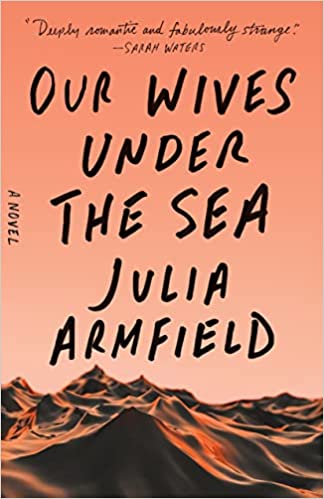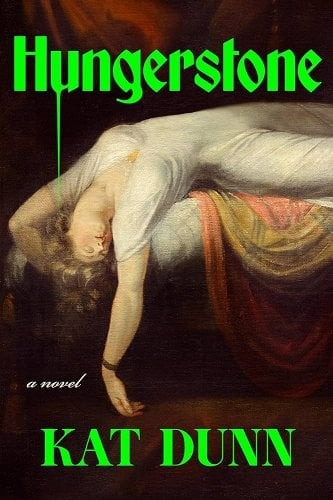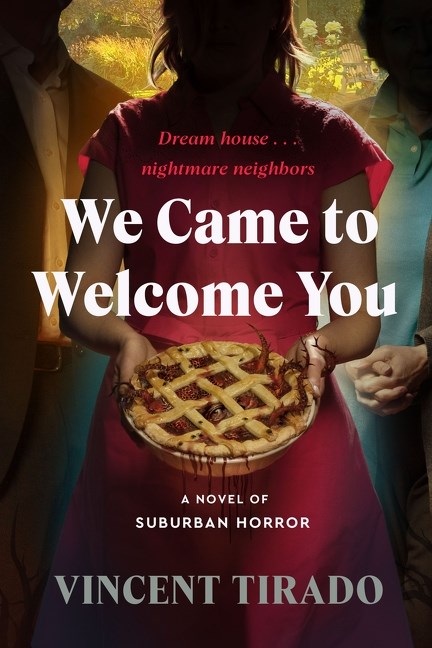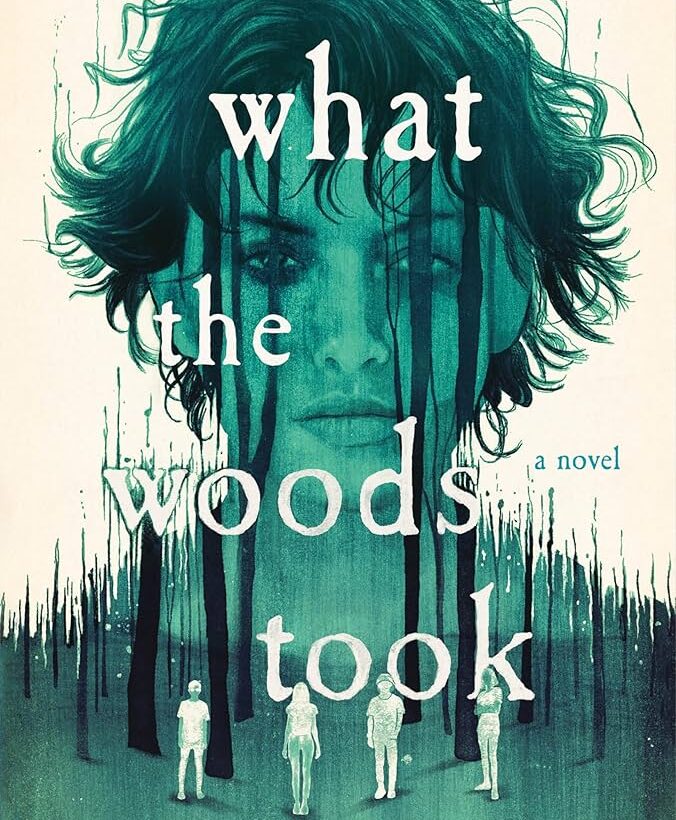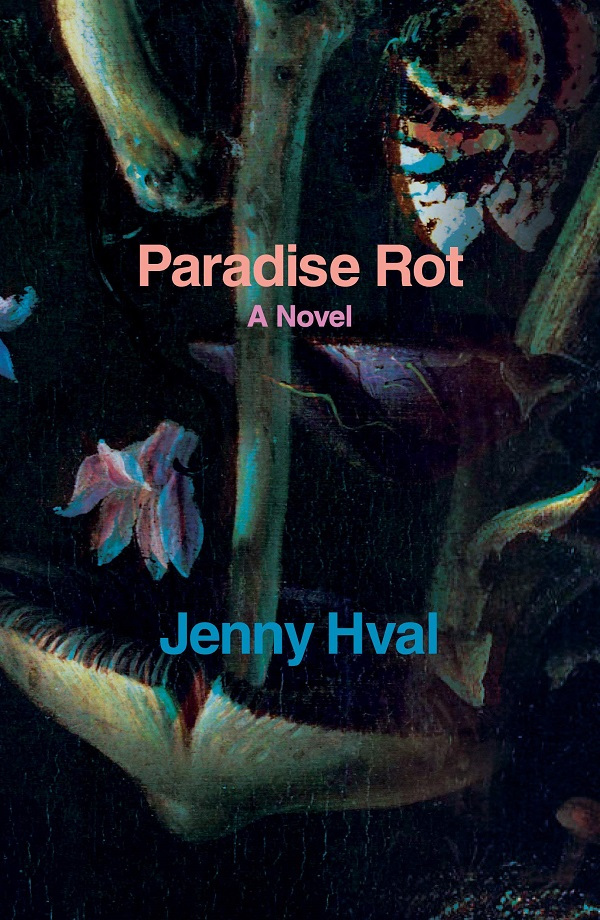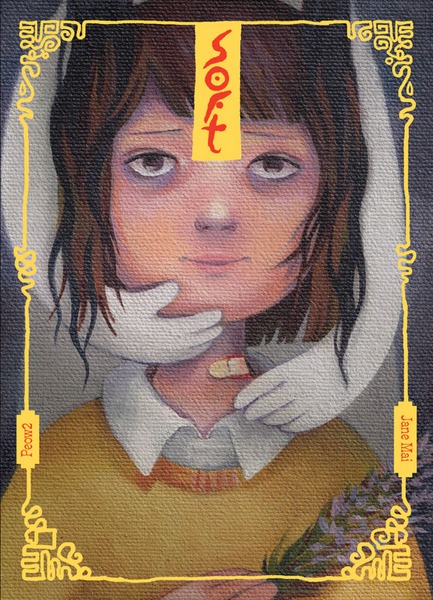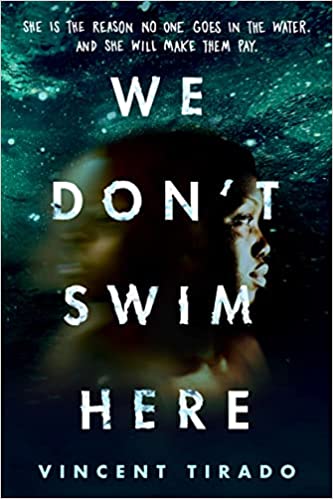There is a peculiar kind of sadness in telling a love story backwards, starting with its end. There’s the tenderness and domesticity of an established relationship, and the inevitable fact of its eventual nonexistence. This love story captures a relationship by chronicling its end. Our Wives Under the Sea, Julia Armfield’s debut novel, is a captivating tale told in alternating perspectives about a couple, Miri and Leah, the latter of whom goes out on a deep-sea exploration and comes back irrevocably changed. The book weaves Miri’s struggle to reconcile the slow slipping away of her wife, Leah, with Leah’s recounting of the events of the deep-sea submersible dive.
A Haunting Carmilla Retelling: Hungerstone by Kat Dunn Review
From Gothic fiction author Kat Dunn comes a new retelling of Carmilla that is equal parts haunting and thrilling. Hungerstone (Zando, February 18 2025) is one of the best new releases of 2025. Set in mid-nineteenth-century England, Lenore has been married to her husband Henry for a decade. A steel magnate and social climber, their marriage has benefitted fromRead More
Horror that Lingers: We Came to Welcome You by Vincent Tirado Review
Mesmerizing, sickening, echoing-hole-in-your-stomach, roller coaster lurch of a creeping inferno: Vincent Tirado’s We Came to Welcome You: A Novel of Suburban Horror is all that and more. Released in the last quarter of 2024, to the tune of “The Other Black Girl meets Midsommar,” the book takes the banal normalcy of racism and colonialism and twists it until itsRead More
A Chilling YA Horror: What the Woods Took by Courtney Gould Review
Courtney Gould’s What the Woods Took is a creepy YA horror that follows a group of teenagers who are sent on a hike through the woods as part of an experimental wilderness therapy program: an abusive, exploitative practice with very little oversight. Even before the supernatural horrors began, we have teenagers getting kidnapped out of theirRead More
A Toxic, Surreal Roommate Relationship: Paradise Rot by Jenny Hval
Jo, a foreign exchange student from Norway, moves to Australia to study biology at a university. She’s a shy and socially awkward young lady looking for a place to live while studying abroad. Things seem to look up when Carral answers her call for a roommate, giving her a place to live on the outskirtsRead More
Blood-Soaked Quicksand of First Love: Soft by Jane Mai Review
I’ve been obsessed with Carmilla by Sheridan Le Fanu for years—and more specifically, queer reclamation of Carmilla. I’ve written about several times, on Book Riot and the Lesbrary. For example: Bringing the Lesbian Vampire Home: Carmen Maria Machado’s Reclamation of Carmilla. So, when I was browsing The Mary Sue’s list of the best comics andRead More
The Troubled Teen Industry and Other Monsters: What the Woods Took by Courtney Gould
In this YA horror novel, five teens are forced to participate in a new “wilderness therapy program” called REVIVE. Some of them are kidnapped in the night and escorted here by force. They face 50 days hiking through the wilderness and talking about their trauma with two unqualified twenty-somethings. This is based on real programsRead More
Small-Town Ghosts: We Don’t Swim Here by Vincent Tirado Review
Tirado’s second young adult horror novel is an alternating POV story following two main characters: cousins, Anais and Bronwyn. Anais has always lived in the small, rural, secluded town of Hillwoods, a place to which Bronwyn is now forced to move so that her entire family may spend time with her grandmother while she’s inRead More
A Polarizing, Experimental Horror Book: We Used To Live Here by Marcus Kliewer Review
Despite us being firmly being into December, I still have a few horror books on my to-read list that I am working through, and We Used to Live Here by Marcus Kliewer came up on my library holds list. I listened to the audiobook, as I enjoy being able to yell at characters in a good hauntedRead More
Folk Horror and the Troubled Teen Industry: What the Woods Took by Courtney Gould Review
In European folk and fairytales, a journey through the woods represents the characters’ coming of age—their passage from the pastoral, relative security of familial and familiar hearths into a fraught, shadowy place where metaphors for social anxieties lurk around every corner. Only with wit and friendship can one come out the other side, though theyRead More
- 1
- 2
- 3
- …
- 13
- Next Page »
